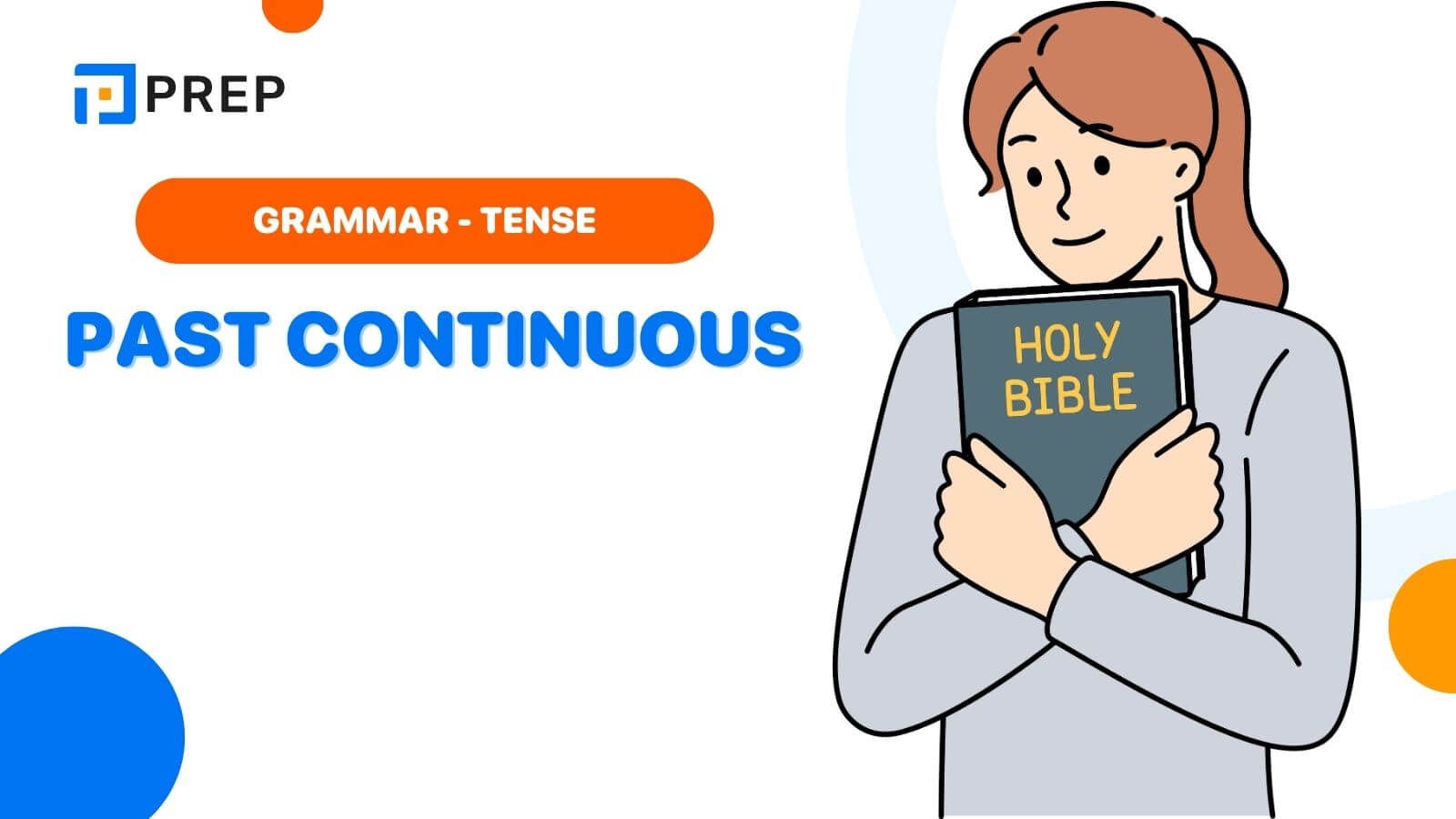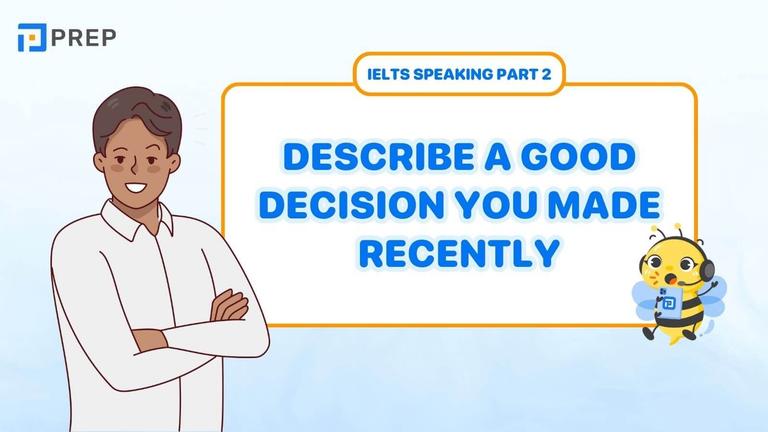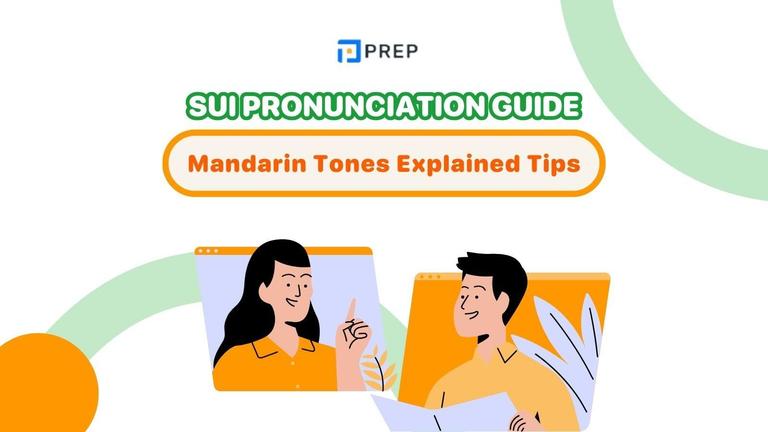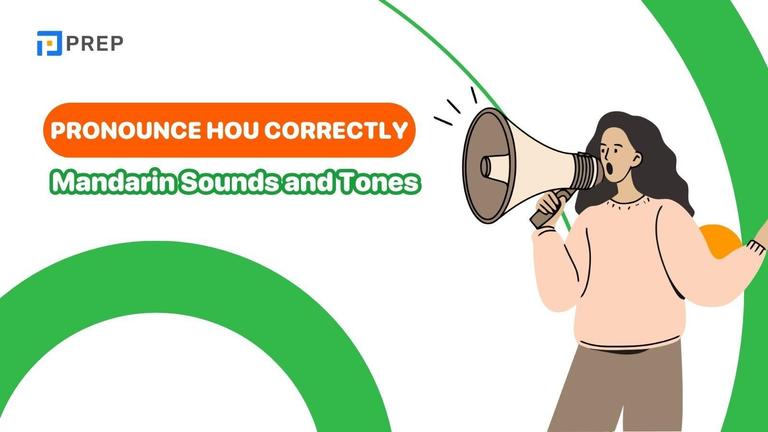The Ultimate Guide to Using the Past Continuous Tense
The past continuous tense expresses actions ongoing at specific past moments. Formed with "was/were" plus a verb's -ing form, it creates narrative depth by establishing backgrounds, showing interrupted actions, describing parallel activities, and conveying temporary behaviors.
Unlike the simple past which shows completed actions, the past continuous tense emphasizes duration and process for more vivid storytelling. It cannot be used with stative verbs that express states rather than actions. By understanding its six main uses and recognizing appropriate signal words, English learners can communicate past events with greater nuance and contextual richness.
- I. Decoding the Past Continuous: What It Is and Why It Matters
- II. Building the Past Continuous Tense: Step-by-Step Formation
- III. Mastering Usage: When and How to Use the Past Continuous Tense Correctly
- IV. Past Continuous Tense vs. Past Simple: Avoiding the Most Common Confusion
- V. Identifying the Tense: Common Signal Words and Phrases
- VI. Going Deeper: Past Continuous FAQs
- VII. Conclusion

I. Decoding the Past Continuous: What It Is and Why It Matters
The past continuous tense (also called the past progressive) describes actions or situations that were in progress at a specific time in the past. Unlike the simple past, which merely states that something happened, the past continuous tense emphasizes the ongoing nature of an action—it was in progress, unfolding, and had duration.
Think of it as a snapshot of an action midstream, allowing you to describe what was happening when something else occurred.
-
I watched a movie last night. (simple past - completed action)
-
I was watching a movie when the power went out. (past continuous - action in progress)
Why master this tense? It significantly enhances your descriptive capabilities in English by:
-
Creating more detailed narratives
-
Explaining background situations effectively
-
Establishing clear timing relationships between past events
Without this tense, your past descriptions would lack depth and context, making your storytelling less immersive and your explanations less precise. Whether writing a story, describing a memory, or explaining past circumstances, the past continuous tense adds richness that transforms basic statements into dynamic, vivid scenes.
II. Building the Past Continuous Tense: Step-by-Step Formation
-
The Fundamental Formula: Subject + was/were + Verb -ing
The structure consists of two essential components: The past tense form of the auxiliary verb "to be" (was/were) and the present participle (-ing form) of the main verb:
-
I/He/She/It + was + verb-ing
-
You/We/They + were + verb-ing
Examples:
-
She was studying for her exam.
-
They were preparing dinner when I arrived.
-
Forming Positive Sentences (Statements)
For singular subjects (I, he, she, it) and singular nouns, use "was" before the -ing form:
-
"I was reading a novel when the power went out."
-
"She was practicing piano all afternoon."
For plural subjects (you, we, they) and plural nouns, use "were" followed by the -ing verb:
-
"They were discussing the project when the manager arrived."
-
"We were traveling throughout Europe last summer."
-
Forming Negative Sentences (Denials)
To create negative statements of past continuous tense, insert "not" between the auxiliary verb and the main verb:
For singular subjects:
-
Full form: "I was not sleeping when you called."
-
Contracted: "The machine wasn't operating correctly yesterday."
For plural subjects:
-
Full form: "They were not following the instructions properly."
-
Contracted: "We weren't expecting visitors that evening."
Both forms are correct, with contractions being more common in casual contexts.
-
Asking Questions (Interrogatives)
Yes/No questions: Invert the subject and auxiliary verb
-
"Was she waiting for a long time?"
-
"Were they working on the project yesterday?"
Information questions: Start with a Wh- word + auxiliary + subject + main verb
-
"What were you doing when the accident happened?"
-
"Why was he running in the rain?"
-
Getting the -ing Form Right (Spelling Rules)
|
Rule |
Example |
Notes |
|
Most verbs: add -ing |
talk → talking |
The basic pattern |
|
Verbs ending in -e: drop e + add -ing |
write → writing |
Always drop the silent e |
|
CVC pattern with stress on final syllable: double final consonant + add -ing |
sit → sitting |
Consonant-vowel-consonant |
|
Verbs ending in -ie: change to y + add -ing |
lie → lying |
Uncommon but important |
*Pro Tip: Words ending with w, x, or y follow the basic rule without doubling (showing, fixing, staying), even when they follow the CVC pattern.
III. Mastering Usage: When and How to Use the Past Continuous Tense Correctly
-
Actions In Progress at a Specific Past Time
The past continuous tense excels at highlighting actions that were actively ongoing at a particular moment in the past. This creates a mental image of the action unfolding at that specific time point.
Common time markers: "at 8 PM yesterday," "at noon," "at that moment," "during the meeting"
Examples:
-
At midnight last night, I was still writing my research paper.
-
When the fire alarm sounded, the chef was preparing the main course.
-
At 3:30 PM yesterday, they were discussing the new marketing strategy.
-
During the power outage, we were having dinner by candlelight.
-
Interrupted Past Actions (with When)
One of the most common applications is describing a longer, ongoing action that was interrupted by a shorter, sudden event. This creates a temporal relationship where one forms the background (past continuous) and the other serves as the interruption (simple past).
Structure: "Subject + was/were + verb-ing + when + subject + simple past verb"
Examples:
-
I was taking a shower when the doorbell rang.
-
She was sleeping when the earthquake struck.
-
They were watching a movie when the power went out.
-
We were having breakfast when we received the urgent news.
In each sentence, the past continuous tense portion establishes an ongoing scenario that serves as the backdrop for the sudden event.
-
Parallel (Simultaneous) Ongoing Actions (with While/As)
Perfect for describing two or more actions happening at the same time in the past. Using connector words like "while" or "as," you can paint a picture of simultaneous activities.
Examples:
-
She was cooking dinner while her husband was setting the table.
-
While the children were playing in the yard, their parents were preparing for the party.
-
I was reading a book as my brother was practicing the guitar.
-
As the storm was approaching, people were rushing to secure their belongings.
This usage creates a comprehensive scene with multiple concurrent activities.
-
Setting the Scene in Narratives
The past continuous tense serves as an excellent literary device for establishing the background or setting the scene in storytelling. It helps readers visualize the setting before the main action unfolds.
Example narrative:
The sun was setting behind the mountains as Maria arrived at the old cabin. Birds were singing their evening songs, and a gentle breeze was rustling through the pine trees. Inside, a fire was crackling in the fireplace, casting dancing shadows on the wooden walls. Maria's heart was pounding with anticipation as she knocked on the door.
Another example:
It was raining heavily that night. The wind was howling through the empty streets, and distant thunder was rumbling ominously. Most residents were sleeping soundly in their homes, unaware of the danger that was approaching their small coastal town.
Both passages use the past continuous to create a vivid backdrop for the story.
-
Describing Temporary Past Situations/Habits
Effectively communicates temporary situations or habits that existed for a limited period in the past but are now over. This usage emphasizes their temporary nature, distinguishing them from permanent states or regular habits.
Examples:
-
He was living with his parents last year while his house was being renovated.
-
She was working as a tour guide during her gap year.
-
They were staying at a budget hotel until they found a permanent apartment.
Each describes a temporary situation that was ongoing for a limited time.
-
Emphasizing Repeated/Annoying Actions (with Always/Constantly)
When combined with adverbs like "always," "constantly," or "forever," the past continuous tense takes on an emotional dimension—expressing frustration, annoyance, or criticism about repeated actions.
Examples:
-
My former roommate was always leaving dirty dishes in the sink.
-
He was constantly interrupting me during presentations.
-
The children were forever fighting over the television remote.
These convey not only repetitive actions but also the speaker's negative feelings about them.
IV. Past Continuous Tense vs. Past Simple: Avoiding the Most Common Confusion
The Fundamental Difference:
-
Past continuous: Emphasizes the process and duration—something was in progress
-
Past simple: Presents an action as a completed fact—something simply happened
-
Past continuous: I was writing a letter when my friend called. (Action in progress when interrupted)
-
Past simple: I wrote a letter yesterday. (Completed action)
Quick Comparison Table: Focus, Duration, Typical Use Cases
|
Feature |
Past Continuous |
Past Simple |
|
Main Focus |
Ongoing process, background |
Completed action, fact, sequence |
|
Duration |
Emphasized, in progress |
Implied as finished, often brief |
|
Typical Signal |
While, as, at [time] |
Yesterday, last week, ago, when (interrupting) |
|
Example Use |
What was happening |
What happened |
V. Identifying the Tense: Common Signal Words and Phrases
These time markers and context clues help identify when to use the past continuous tense:
For past continuous:
-
While (While I was working, my colleague called)
-
As (As she was leaving, it started to rain)
-
During (We were traveling during the summer months)
-
At + specific time (At 7 PM, they were having dinner)
-
All day/morning/evening (He was painting all day)
-
Throughout (We were celebrating throughout the weekend)
For simple past (for comparison):
-
Yesterday
-
Last week/month/year
-
Ago
-
In 2010
-
On Tuesday
-
When (as an interruption)
Recognizing these signals helps you choose the appropriate tense for your context.
VI. Going Deeper: Past Continuous FAQs
-
What is the main function of the Past Continuous Tense?
The primary role is to depict actions or situations that were actively in progress during a specific time or period in the past. It creates a mental image of the action as it was unfolding, emphasizing its duration and continuous nature.
Example: "She was talking on the phone when I entered the room" shows an action (talking) in progress at the moment another action (entering) occurred.
-
How is the Past Continuous Tense constructed?
The past continuous forms by combining the appropriate past tense form of "to be" (was/were) followed by the present participle (-ing form) of the main verb. This structure communicates both the past timeframe and the continuous aspect.
Formula: Subject + was/were + verb-ing
Example: "The children were playing happily in the park" uses "were" plus "playing" (the -ing form).
-
Important: Verbs You Cannot Use in Past Continuous
Not all verbs can be used in the past continuous tense. Stative verbs, which describe states rather than actions, typically don't appear in continuous forms. These verbs express:
-
Feelings and emotions (love, hate, want, need)
-
Thoughts and beliefs (know, understand, believe, remember)
-
Senses (see, hear, smell, taste)
-
Possession (own, belong, possess)
Examples of stative verbs:
-
know
-
believe
-
want
-
need
-
own
-
like
-
love
-
understand
-
remember
Some verbs can be both stative and dynamic depending on context:
-
Think (opinion vs. mental process)
-
I think you're right. (stative)
-
I was thinking about the problem. (dynamic)
-
-
Have (possession vs. action)
-
I have a car. (stative)
-
I was having lunch. (dynamic)
-
VII. Conclusion
The past continuous tense is essential for describing actions in progress at specific moments in the past. By mastering this tense, you'll create more vivid narratives, explain background situations effectively, and establish clear timing relationships between events. Use it to describe interrupted actions, parallel activities, set scenes, or emphasize duration. With practice, you'll naturally incorporate this tense into your English, making your communication more descriptive and engaging.

Hi I'm Chloe, and I am currently serving as an Product Content Administrator at Prep Education. With over five years of experience in independent online IELTS study and exam preparation, I am confident in my ability to support learners in achieving their highest possible scores.
Comment
Premium content
View allPersonalized roadmap
Most read












